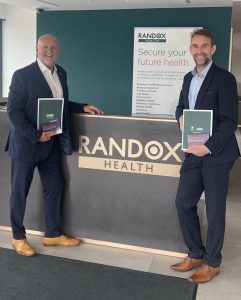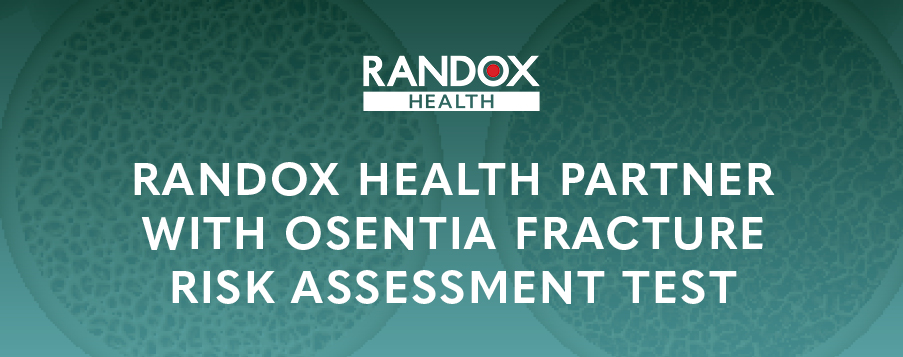03/09/2024
A Randox Health first to offer clients the ability to know their risk of Fragility Fracture, Bone Health and Osteoporosis, before they sustain a fracture.
From a nail clipping, the Osentia Bone Health test is proven to assess the risk of fragility fractures, facilitating intervention through long-term lifestyle changes and earlier treatment.
In a market-first, the home testing kit will also provide a window on how well the body is maintaining structural proteins by way of a traffic light indicator. Osentia estimates the integrity of bone collagen to allow the bone to rebound after an impact without cracking.
Committed to prevention and early diagnosis of disease, Randox Health bring innovative diagnostics direct to clients nationwide, with a long-standing focus on the provision of timely and accurate testing to help identify the risks to health.
Jason Webster, Business Development Manager at Randox Health adds: “We are very excited to introduce the Osentia Fracture Risk Assessment test to clients and business partners, as bone wellness is a major concern for the young and old. The nail test assessment for risk of suffering a Bone fracture can be made early – enabling the individuals the opportunity to reduce their risk and minimise the development of many life changing disorders related to weak Bones. As pioneers of preventative healthcare, we welcome this opportunity of enabling individuals to take control of their health in many different formats. This nail test runs alongside our advanced diagnostic testing, to provide vital health insights and aid our mission to help people live healthier for longer.

Every year, around 300,000 people will go to hospital because of a fragility fracture in the UK. Unlike osteoporosis, which primarily emphasises bone density loss, fracture risk assessment delves into the probability of bone breakages, especially following minor trauma. Such fragility fractures commonly affect areas like the wrists, hips and spine causing physical pain and mobility challenges.
Osentia’s Dr. Rene Beattie, Chief Technical Officer commented,
“Current diagnosis of bone health is generally only carried out post-fracture and only centers on Bone Mineral Density even though twice as many fractures occur in people with healthy BMD. Up to now, the role that structural proteins play in bone health assessment has not been addressed.
Osentia measures protein structure in a rapid, reliable and non-invasive manner, whilst also allowing us to peer into the ‘factories’ inside our bodies that generate proteins such as keratin and collagen. The scientific evidence shows that creation of keratin and collagen are affected by the same factors which allows an accurate bone health and fracture assessment associated with bone collagen structure.”



